Search Posts
Recent Posts
- The Long Goodbye January 18, 2024
- Once More Around the Mulberry Bush January 9, 2024
- The Wash December 28, 2023
- The Truth About Carver Dogs December 1, 2021
- The Question of Pain November 9, 2021
Categories
Subscribe!
Thanks for subscribing! Please check your email for further instructions.
The Truth About Carver Dogs
There is tremendous interest in the Carver dogs, as most people are aware that some of the best dogs came from him or from dogs down from his strain. I’m no expert on the line, but I have one advantage: I’ve been around for a long time, and I met him before he was a famous dog man. I was twenty years old, a sergeant in the 11th Airborne Division during the Korean War. We were at a convention at Columbia, Tennessee, that was put on by J. T. Collier. Bob Hemphill and Bob O’Neal ferried me to various localities. I had never met them before, and I tried to repay them by buying lunch, but they wouldn’t hear of it. I had never heard of Carver before, but he was the center of attention. He was a relatively young guy, new to the dogs, but he had three matched at the convention.
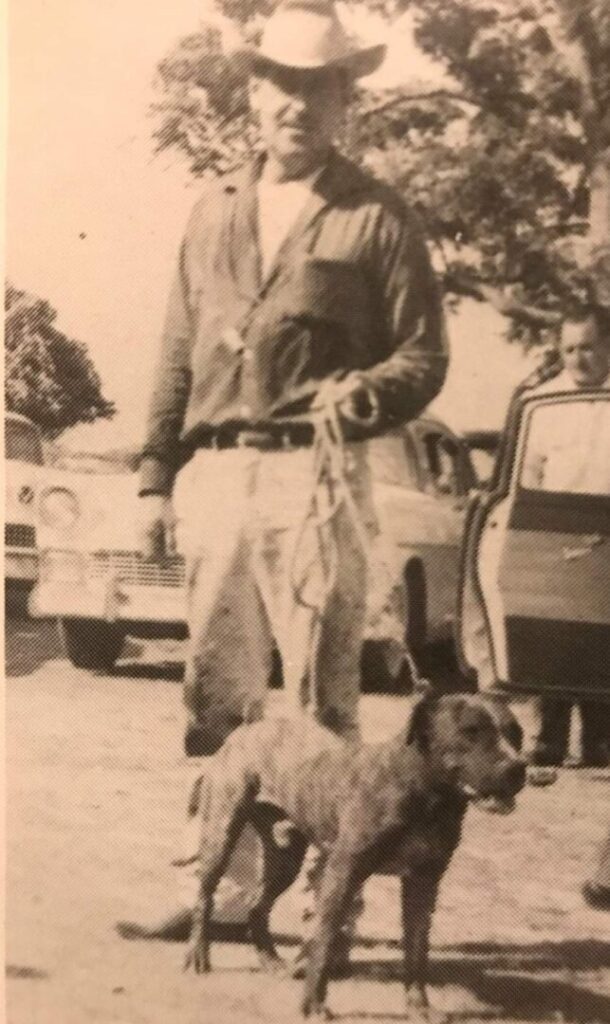
One was a bobtailed dog that was impressive, but he had an unusual style, and Hemphill was not much pleased by him. Another one was a red-nosed dog that was a leg breaker. Carver commented to Hemphill that Armitage had said in his book that he never saw a dog break a leg, and he mentioned that he had seen this dog break the legs of six dogs. The handler at that time said that he had already broken his opponent’s leg in this match. Everyone stood up to see, and sure enough, the leg was broken. Collier was handling the other dog, also a red nose, and everyone wanted Collier to pick up because of the broken leg. He did that, but he insisted on scratching his dog, and sure enough, he scratched straight and true and fast, using the broken end of the damaged leg to get him across.
With Hemphill’s passion for the Old Family Red Nose dogs, he really wanted to know the breeding of both very impressive dogs. Just because they had the red nose didn’t mean that they were genuine OFRN dogs in those days. They had to trace back to Centipede or Cyclone, who themselves traced back to Lighthouse Vick, the litmus test in those days to being an OFRN dog
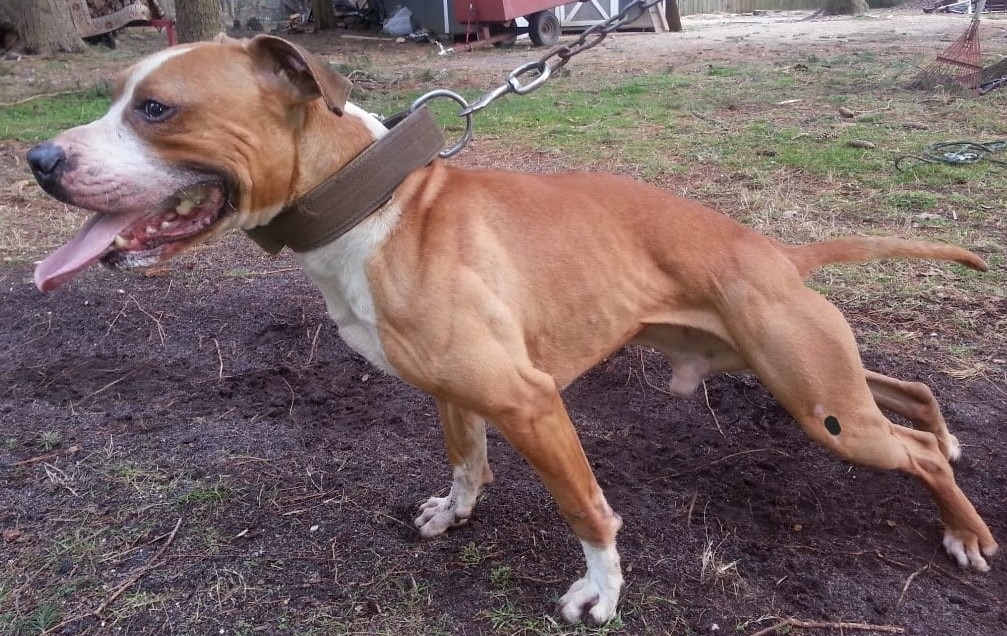
But the main point is that Carver had three dogs matched, and two of them were quite outstanding. Even the bob-tailed dog won, even if Hemphill didn’t like the way he acted, turning and snapping. And the red-nosed dog that I later saw identified as Kern’s Red was quite phenomenal in being a leg breaker. I had never seen that before, and neither had most of the dog men there. A lot of dog men didn’t like dogs to take a front leg because they invariably allowed the other dog to get a hold across the muzzle, a very punishing hold. Red avoided that through vigorous shaking. He shook so hard that he nearly lifted the other dog in the air.
Even though Carver wasn’t famous then, he was the center of attention, as he had obviously learned a lot about the dogs, and he had a certain charisma that made people like him and listen to him. Hemphill asked him why he didn’t breed his own dogs, and Carver replied good-naturedly that he just didn’t have the patience for them to grow up. I sympathized with that, as I was young, and I didn’t have the interest in breeding that I do now. Some men never get into breeding in the way that Hemphill was, and that includes some great ones, such as Clouse and Greenwood. They did do some breeding, but the main reason that they got good dogs was because they always had good ones on hand.
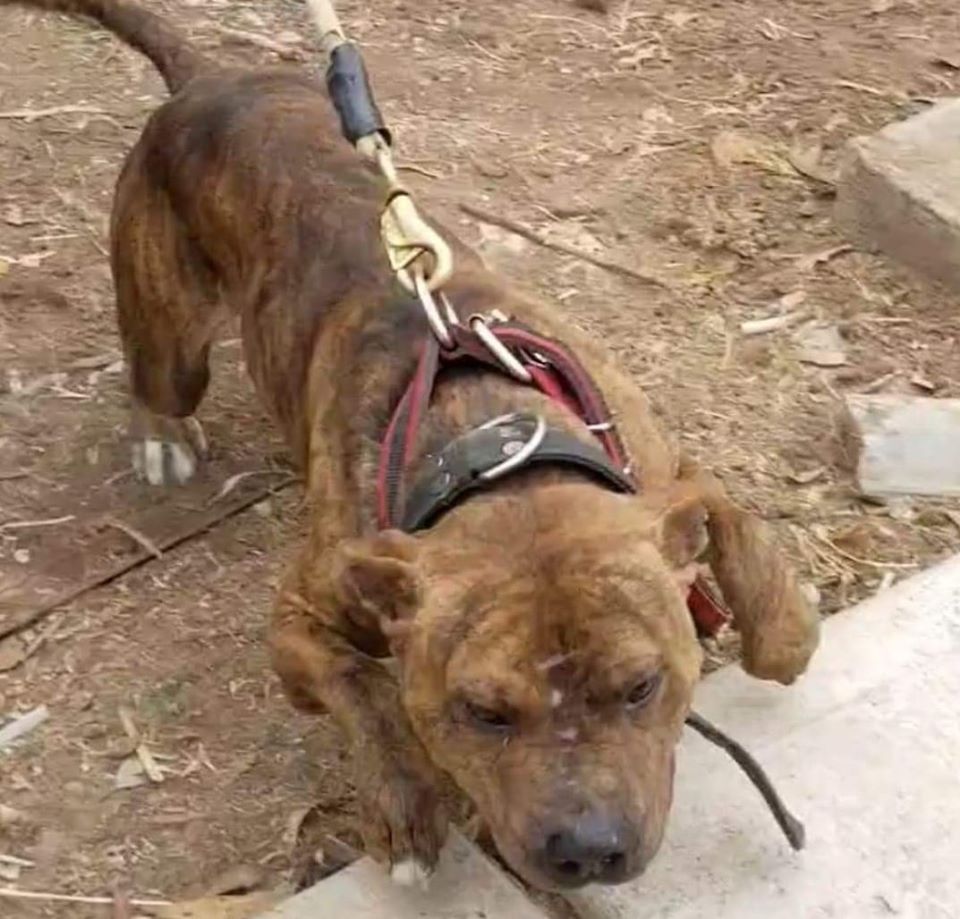
Many decades later, Carver sent for one of my books, and I wrote him a note that I included in the book, reminding him of his comment to Hemphill, because by that time, he had established himself as one of the foremost producers of good dogs. From his kennels came some of the great all-time dogs. There’s no doubt about that. But I’ll have a surprise regarding this a little later.
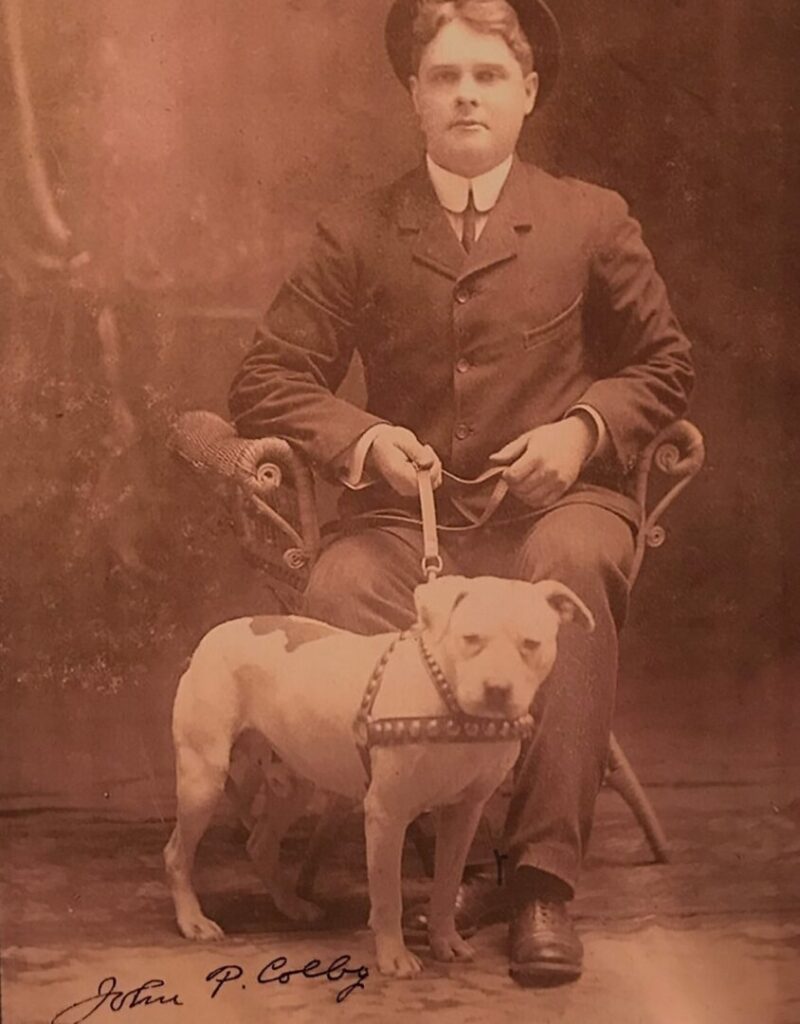
I never saw Maurice Carver again, and I remember that the guys from down south didn’t pronounce his first name the customary way. It sounded more like “Morris†than “Maurice.†However, I heard much about him from people I knew who lived in his area. He was well dressed, and he drove a nice car when I met him, so he obviously had money at that time. I was never sure where it came from, but there was various talk about his numerous enterprises, including houses of prostitution. I was never sure about that, or even of talks that he also trafficked in drugs. Irrespective of possible vices, he really knew the dogs, and he had a natural eye for the good ones.
I had friends that got to know him back in the 70s, and they were quite impressed with him, mentioning his charisma and his deep understanding of dogs, as well as all the stories he had to tell. One friend had been beaten by a son of Alvin the Dog. And Alvin had sired some great dogs, including one who won two matches in one day. He was so great that he whipped one dog after another, an unthinkable feat. Alvin had won a great match himself against Danny Burton, and Earl Tudor pronounced him as the greatest he had ever seen. But he also produced some great progeny, and he is back, way back, in a lot of dogs’ pedigrees.
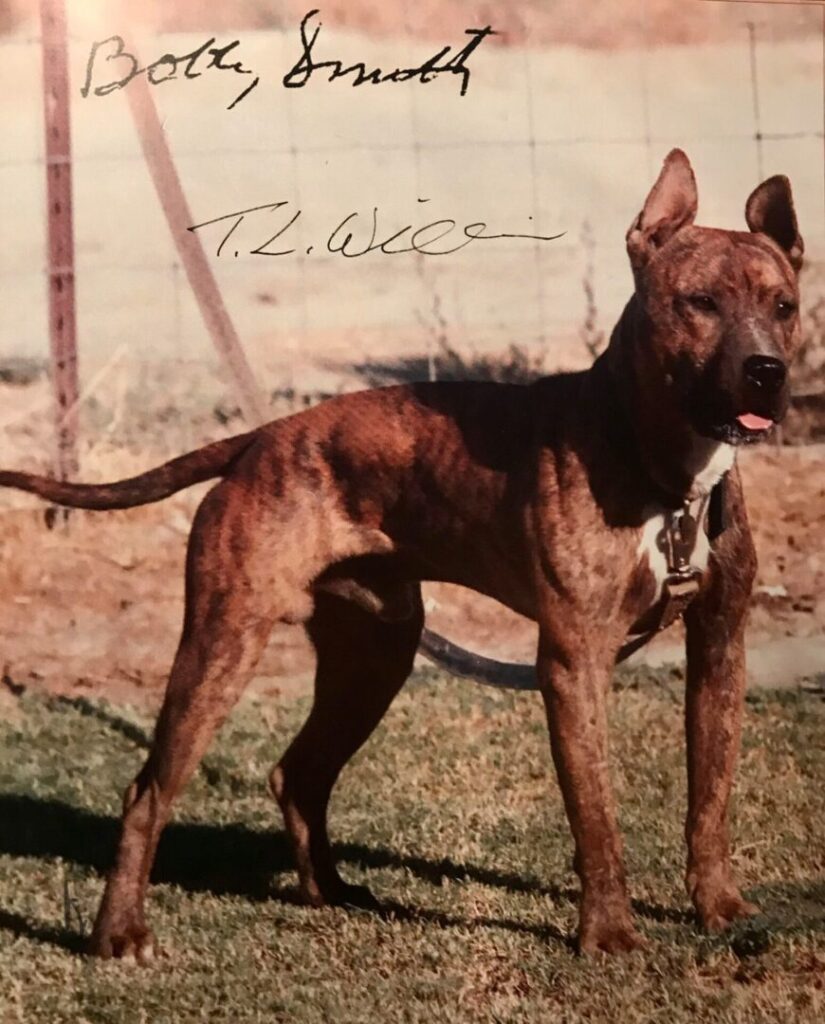
My friend was impressed because the Alvin dog, Weasel, was beaten by the Carver dog, a black dog named Elmer. Bill Stewart was the guy I’m talking about, and he was a surprisingly good judge of dogs and people—and he was really impressed with Carver! And he was impressed with his dog, all the more so because he knew the quality of the dog he was going against.
Other people were also quite impressed by him, and everyone bragged about knowing him. He had some great dogs, and he apparently considered Ironhead to be one of his greatest. He was good friends with my much-valued friend Floyd Boudreaux, and the fact is that he got some of his best dogs from his breeding. Floyd had told me that he had dogs with his father from the time he was a youngster, but Dibo influenced his latter-day breeding, too, as Blind Billy was like kin to Floyd. Blind Billy was a truly blind son of Dibo, and the only loss he had was when he was counted out trying to get to his opponent and couldn’t find him.
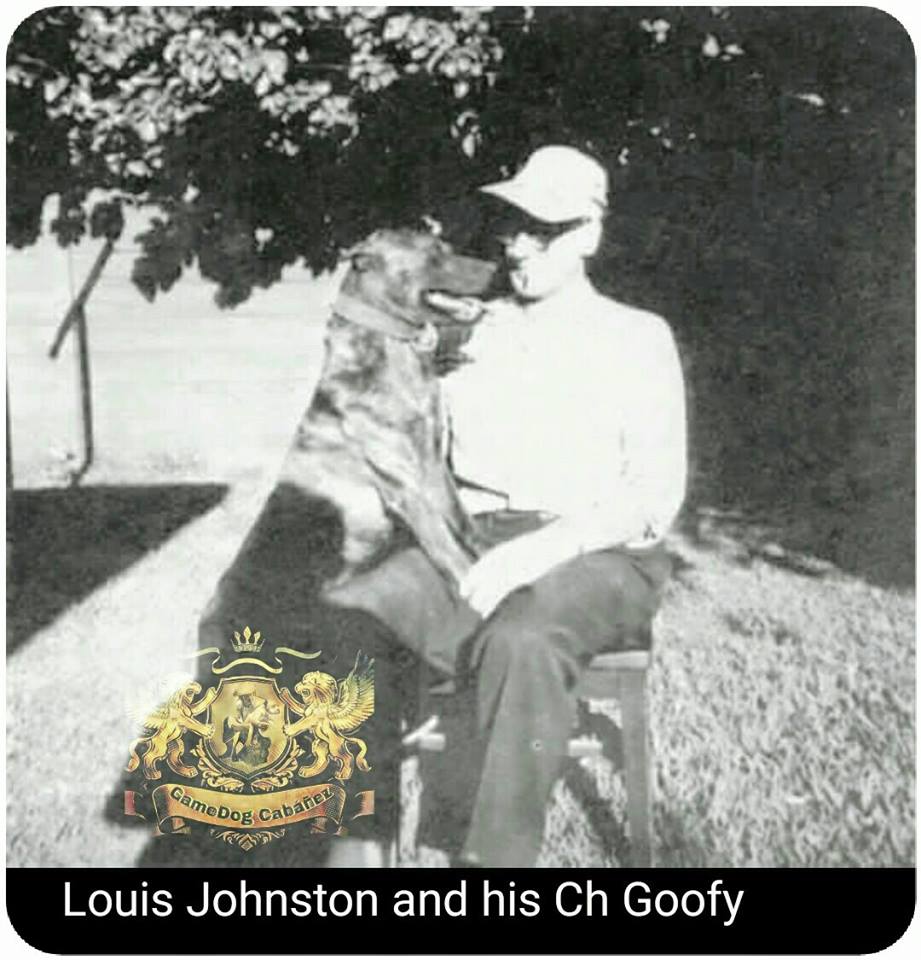
The point is that Carver had a bunch of dogs that he bred for himself and for sale, but here’s the surprise: he was also something of a dog broker. That is, he kept tab of just about everything going on with the dogs, and he knew where the good ones were. When he got a chance to pick one up cheap, he did that, and he usually simply re-sold the dog. For years, he ran an advertisement in game dog magazines of game dogs for sale, and he had constant turnover, as there was always demand. He was honest about everything. He guaranteed a good dog, and the customer got one. One reason for that was that Carver had such an uncanny eye for a good dog. Another reason was that sometimes the dogs were from his own personal strain. Either way, Carver knew it was a worthy dog.
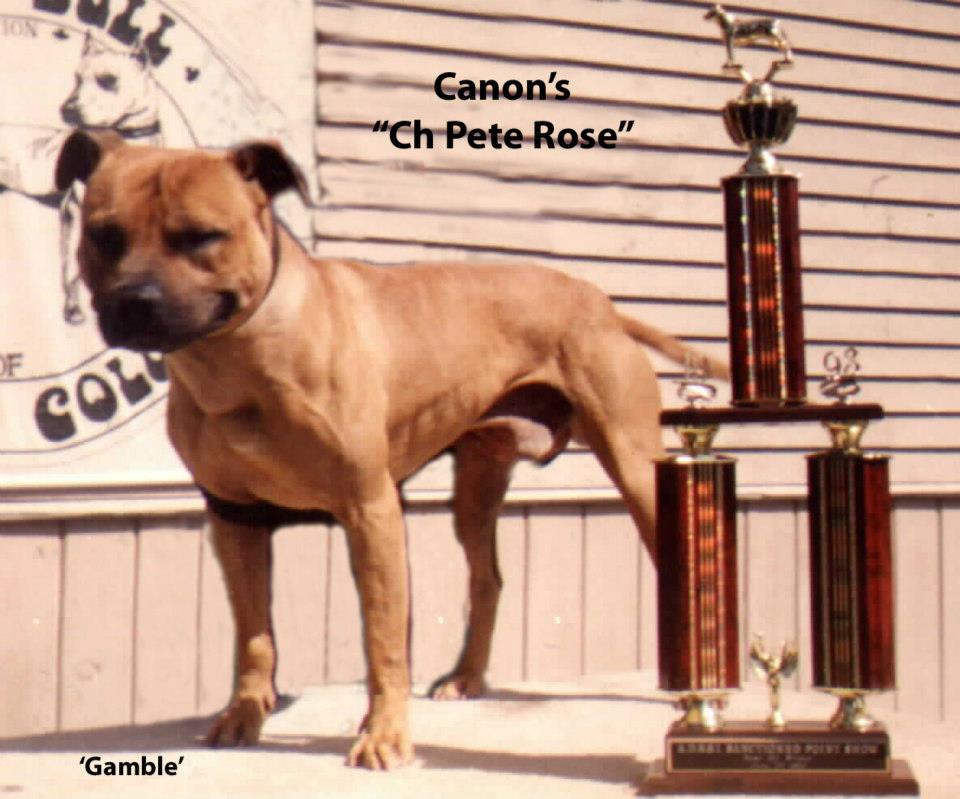
To all the people getting these dogs, these were Carver dogs. They didn’t necessarily know whether they were from his own personal bloodline or one of the dogs he had selected. Either way, people got a good dog. For that reason, people swore by Carver dogs. A lot of folks still proclaim that to be the best all-time bloodline. That’s because he sent out good dogs. The secret is that they weren’t all Carver dogs. In fact, it’s possible that most of them were not.
I am amused at times to hear dog men talk about their secret formula, which varies, but it often involves mixing a little Carver blood with some other favorite bloodline. But I very rarely reveal what I know. People like to talk in terms of strains. There is a romance to it. It’s like having a favorite ball team. But it’s always been thus—at least during my lifetime. There were many people who swore by the Lightner bloodline, and I was fortunate enough to have known Mr. Lightner, back when he was still breeding dogs. I know that he didn’t put quite the value of a pure Lightner dog as they did, as he was open to using an exceptional dog in his breeding program if he could ascertain the true breeding of the animal.
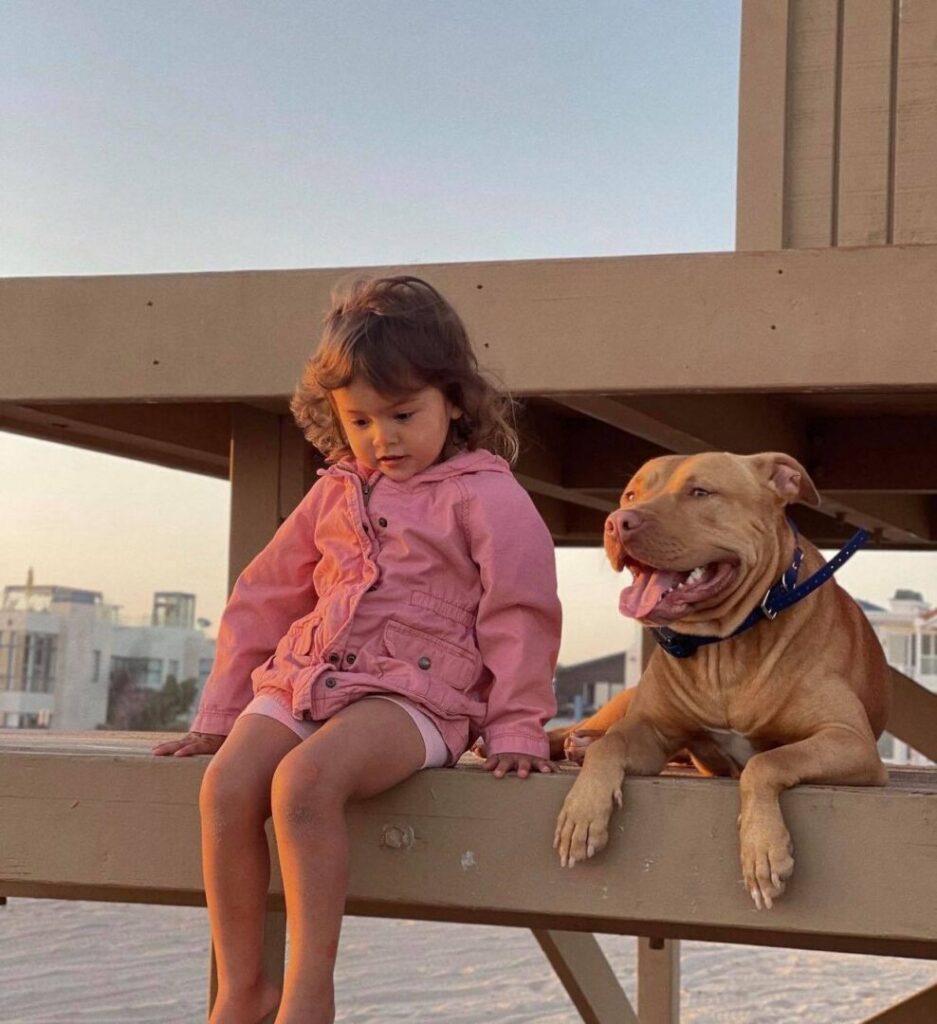
The same was true of many of the great old-time breeders. Carver may have been one of the best of them all. He was certainly a good one, and his dogs got wide distribution and approval. I never talked with him in his later years, but my experience was that people listened to him—even in his greenhorn days. There was good reason for that. He learned quickly, and he had a knack for getting his hands on great dogs. Part of that was from his knowing where they were. He never let a really great one get out of his hands. But a lot of the dogs that he sent out would be the building block for a line of dogs.
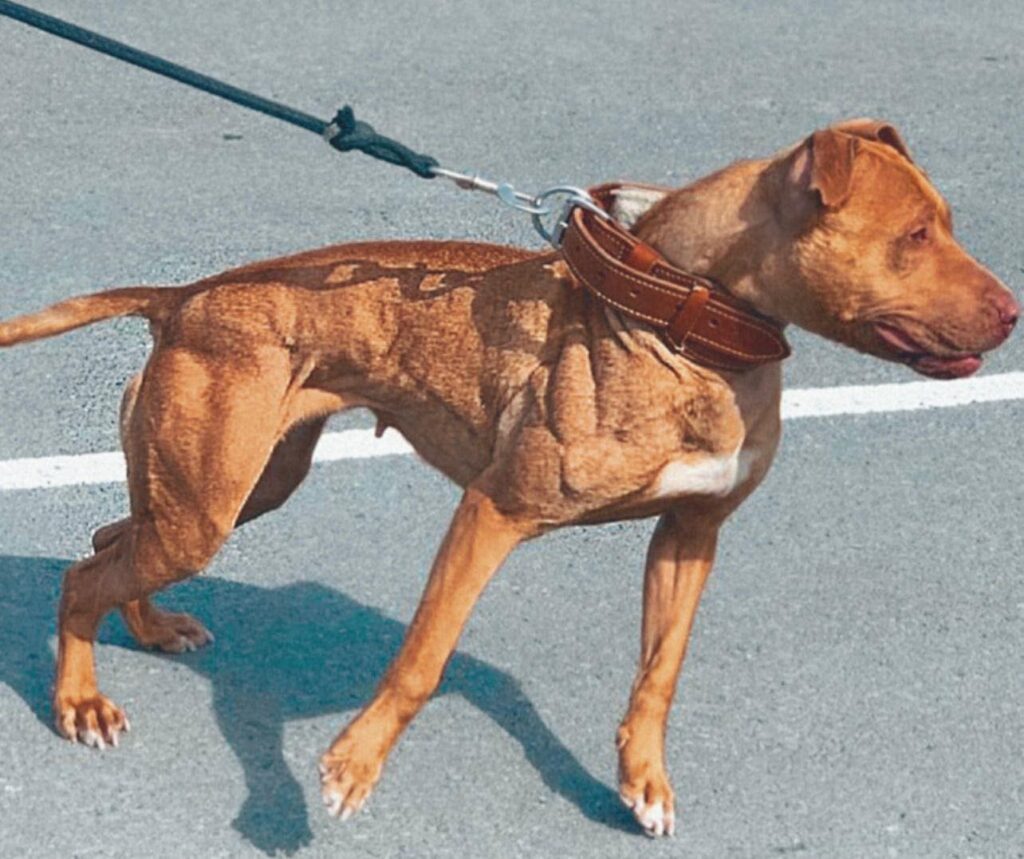
And I think they may have been the keystone to many a line—just as dogs from John P. Colby were used to develop other lines. In Colby’s case, the customer knew that he was getting a Colby dog. Conversely, people didn’t necessarily know that they got Carver dogs when they bought from him. They nevertheless got a very good dog. One worthy of building a line.
Thank you for the article.